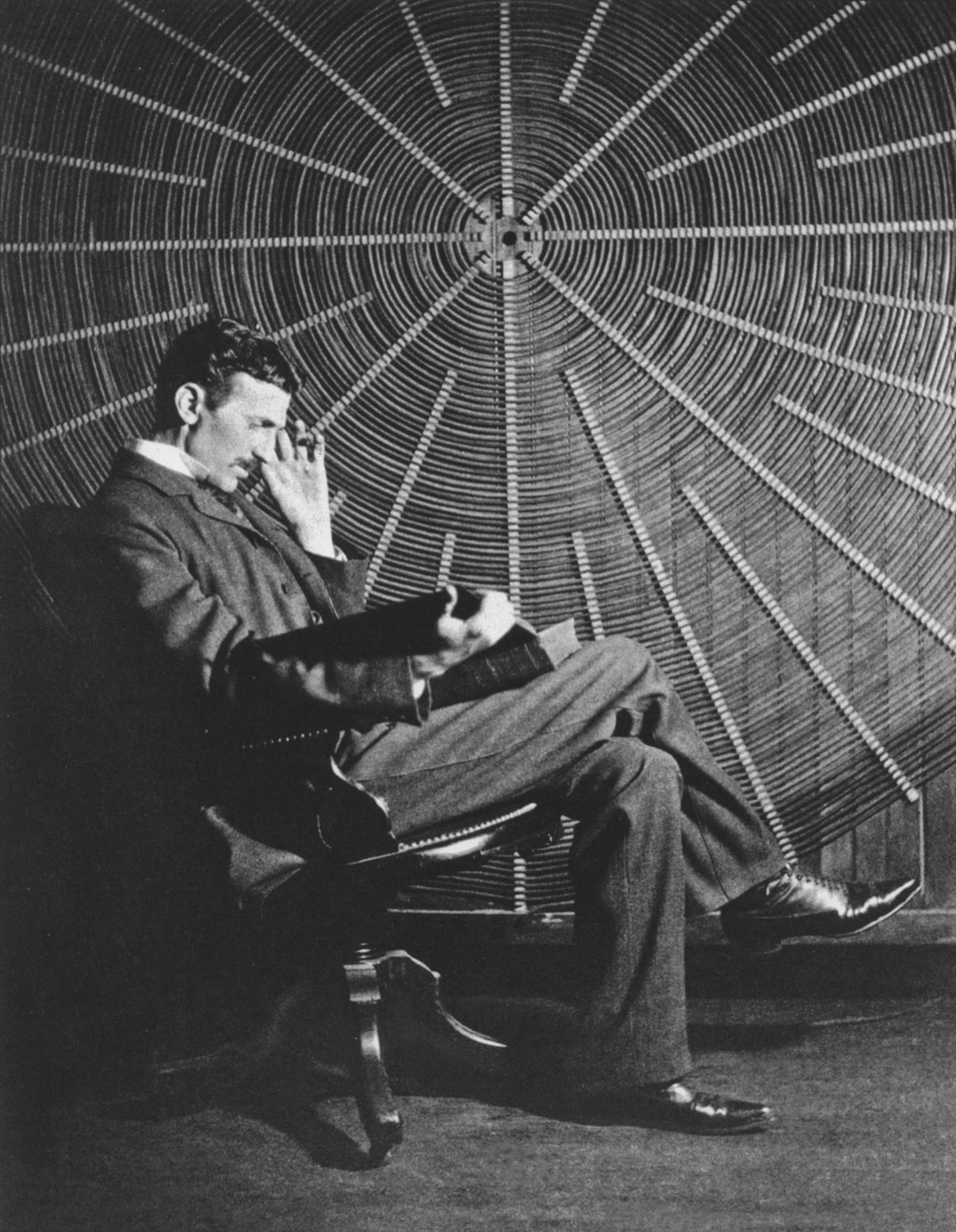
Many remember Nikola Tesla as a mad scientist. Let's face it, before he went a bit crazy, Tesla was one of the greatest inventors the world has ever known. He may have even been better than his contemporary and rival, Thomas Edison.
Tesla got his start working for Edison in Europe in 1882. The Serbian national eventually made his way across the pond to work for Edison's American operation. The two only worked together for a few months. Tesla felt unappreciated. It also didn't help that two men were on the opposite sides of the "War of the Currents." Edison preferred his direct current (DC). Tesla has a vision for alternating current (AC).
Tesla ran into some tough times after leaving Edison. He established a small venture where his patents were stolen by his partners and eventually ended up digging ditches for Edison's DC lines. By 1887, Tesla was making a comeback. He impressed a few investors and started working on his AC motor. Once the motor was functional, Tesla presented it in Pittsburgh to the pleasure of George Westinghouse. Westinghouse and Tesla would make for a formidable team against Edison.
Thomas Edison had the upper hand. His DC system had a head start on Westinghouse's AC. Despite the lead, Edison was still worried about the competition. He staged demonstrations to show that Tesla's AC was unsafe topped off with an electrocution in New York. Westinghouse eventually won out with the final blow coming when he and Tesla underbid Edison (now controlled by GE) for the 1893 World's Fair in Chicago and impressed the masses with their use of safe electricity.
Tesla went on to work on other successful projects including a hydroelectric plant at Niagara Falls and many new technologies that would contribute to the advent of radio, wireless phones, X rays, florescent tubes, and neon lights many years before this devices were even considered. But as Tesla aged, he became more eccentric. Many of the quirks of a genius began to border on insanity. He wasted a lot of money trying to prove that electricity could be shot through the upper atmosphere. He contemplated developing a death ray that would deter wars. Couple these ideas with an erratic personal life (everything had to be divisible by three, he hated pearl earrings, he was unusually attached to pigeons) and people started to wonder what was actually possible and what was the product of a deteriorating mind. Tesla died in his New York City apartment on January 7, 1943. His room number was 3327; divisible by 3.
No comments:
Post a Comment